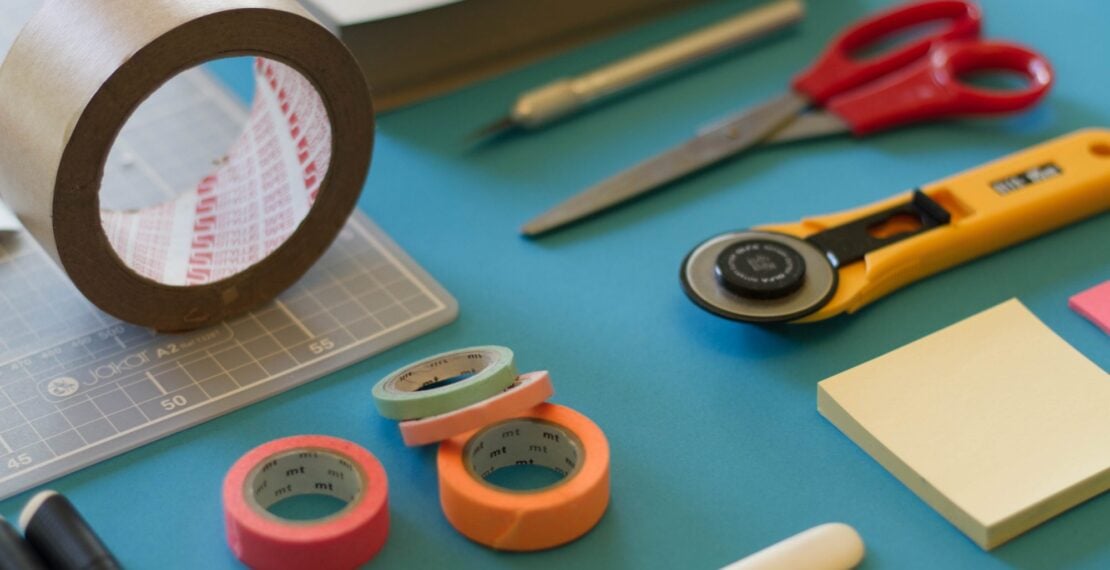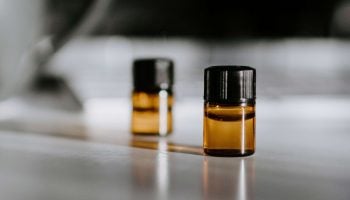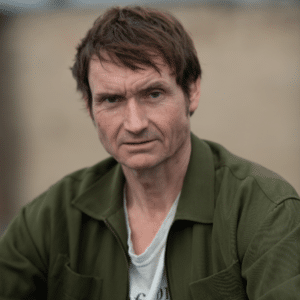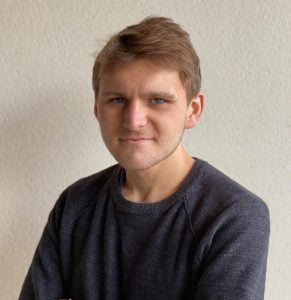Adapted from Chapter 10 of the Psychedelic Explorer’s Guide by Jim Fadiman
In Part I of this series, I outlined one of the first studies done on the efficacy of LSD in improving creative problem- solving ability.
As a brief summary, when participants consumed 100 micrograms of LSD, ten types of improved functioning occurred:
- Low Inhibition and Anxiety
- Capacity to Restructure Problem in a Larger Context
- Enhanced Fluency and Flexibility of Ideation
- Heightened Capacity for Visual Imagery and Fantasy
- Increased Ability to Concentrate
- Heightened Empathy with People
- Subconscious Data More Accessible
- Association of Dissimilar Ideas
- Heightened Motivation to Obtain Closure
- Visualizing the Completed Solution
In this article, I will address how you can set up your own ‘experiment’ with a small group of people to improve creative problem-solving and work through various issues related to business.
In other words, I’m going to tell you how to hold an entrepreneurial oriented ‘Mastermind’ on LSD.
DYNAMIC OF GROUP
Unlike other masterminds, when up to 6-7 people may participate in a focused session, an LSD mastermind MUST remain small.
No more than four participants should interact in an LSD Mastermind session. One facilitator must be present. In an ideal situation, two facilitators will be present.
PICK A BIG PROBLEM
Like in any regular mastermind, pick the biggest problem in your business. The more it matters, the more likely the session will be successful.
When the solution to the problem is vital to the well-being of your business, then you become heavily involved in trying to sort out an answer. When you become more involved, then solving the issue deeply matters to you.
Also, write out a second and third problem to bring to your pre-session meeting. Sometimes, the first problem is solved within a matter of minutes. It is good to have a couple of backups to maximize the time spent on LSD.
Bring this problem to your pre-session meetings. Ideally, the pre-session meetings will be held to familiarize each participant with the aims of the LSD Mastermind session.
In the pre-session meeting, the facilitator will do five things:
- If participants have considerable psychedelic experience, the facilitator should explain the difference between the aims of the LSD Mastermind session and previous psychedelic experiences. The facilitator should remind participants to remain focused on professional rather than personal concerns.
- Explain the various problems each participant has brought to the pre-session meeting. Evaluate the suitability of each problem. Briefly discuss the 2nd and 3rd problems each participant has brought.
- If in a group of 3-4 participants, familiarize the participants with each other and each other’s goals.
- Explain to participants that the experience may be one of discovery and confirmation rather than the welling up of original thoughts. Ultimately, it is a way to enhance the creative process.
- Explain the feeling of ‘rightness.’ The feeling of being on the right track emerges well before they have a clear idea of a solution.
“The more the problem matters, the more likely the session will be successful.”
CONTROL FOR THE 6 S’S
Like in any psychedelic experience, the 6 S’s must be monitored.
Set – Short for ‘mindset’, the set will be determined by the pre-session meetings. The participant’s mindset includes the ‘One big problem’ they resolve to solve during the session.
Setting – The best physical setting for an LSD Mastermind session is probably a living room with enough floor or couch space for each member of the group to lie down. The setting should be comfortable, with no medical and laboratory overtones. No computers, cell phones, or tablets.
Substance – 100 micrograms of LSD is an optimal dose for participants
Sitter – In this situation, the sitter is the facilitator (or two) of the session.
Session – In Part I of this series, I outlined a typical session. Subjects consume psychedelic. For three hours, they relax and listen to music. For the next four hours, they solve problems related to business. For one hour after, subjects discussed and reviewed possible solutions.
Support – Support means the implementation of the new ideas into your business. Facilitators should check in with each participant within a few days of the session to answer any questions and to encourage participants to reflect on important aspects of their experience.
ROLE OF THE FACILITATOR(S)
As mentioned above, the role of the facilitator is important. However, his role is different from the ‘normal’ role of a guide in an LSD session.
To be a facilitator in an LSD Mastermind session, a person should have the following ‘qualifications’:
- Previous experience with psychedelics, in either a therapeutic, recreational, or business-focused environment
- If running a session with entrepreneurs, the facilitator should be an entrepreneur himself. If running the meeting with scientists or engineers, the facilitator should be a scientist or engineer. In any case, the facilitator needs to be familiar with the professional roles and responsibilities of the participants
- A previous participant in a session devoted to creative problem-solving
Everyone who will be a facilitator should also be at any pre-session meetings of the group. The facilitator’s responsibility is to keep the group focused. If, during the morning, a participant is weeping or agitated, a facilitator may reassure the person by holding his or her hand, but should not discuss or interpret what is being experienced, if possible. The goal is to help the participant back into a state of attentive relaxation.
CONCLUSION
If you follow all these steps and prepare well for the experience, your problem-solving session is likely to be successful.
To summarize:
- Keep your group small
- Pick a big problem
- Control for the 6Ss
- Recruit an experienced facilitator
Read our other resources about psychedelics and creativity for more inspiration and guidance.







where’s the article?!